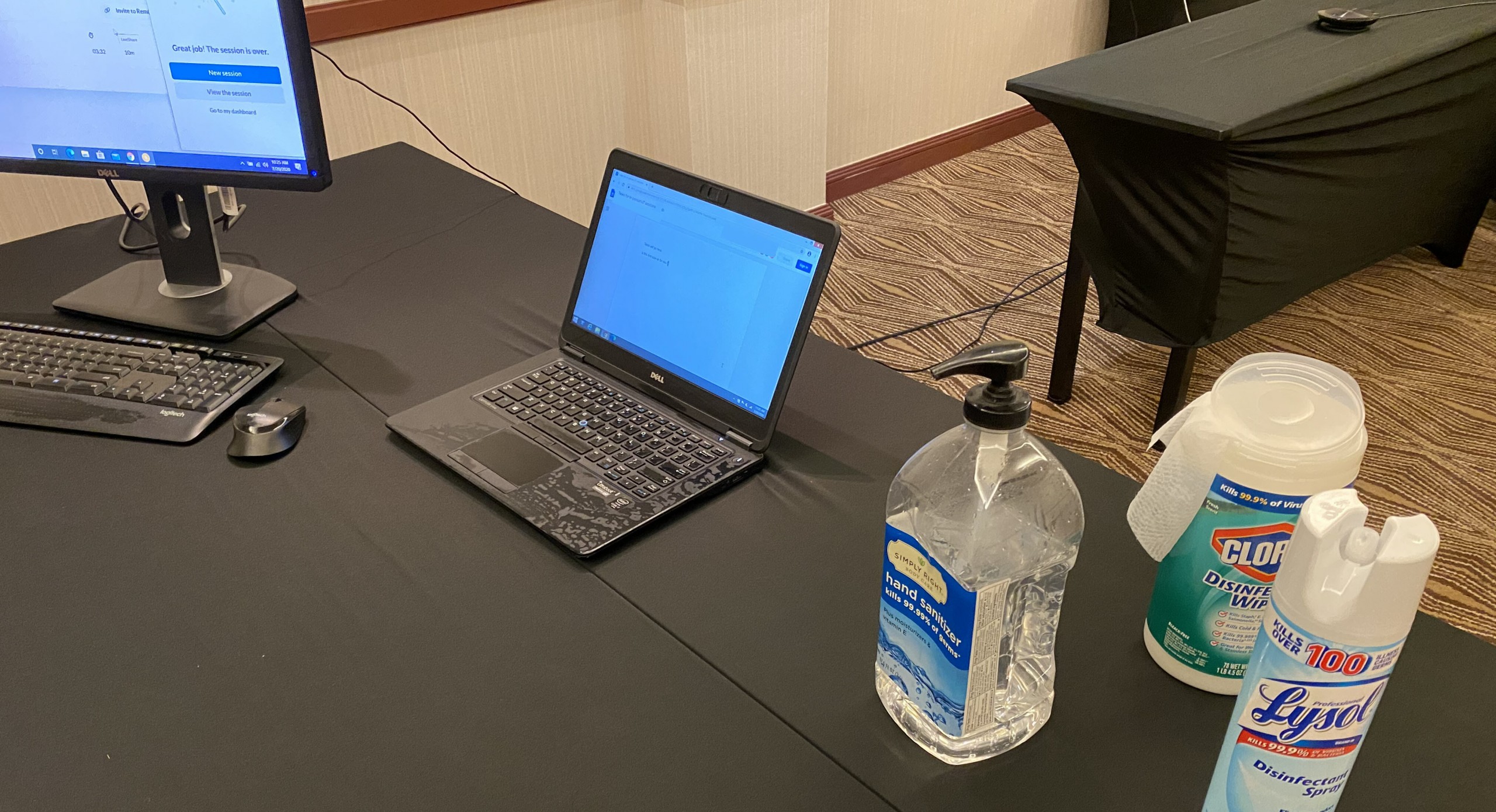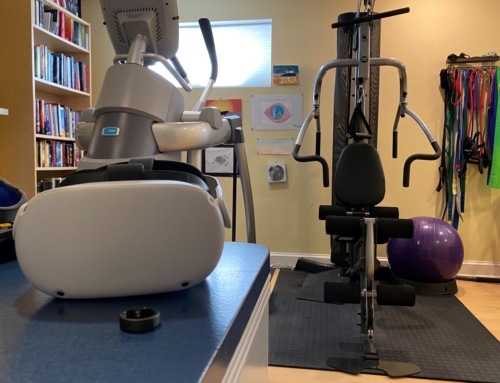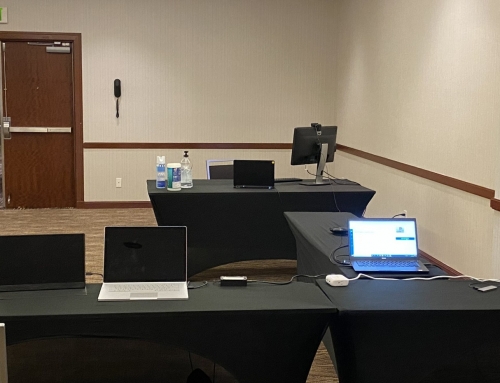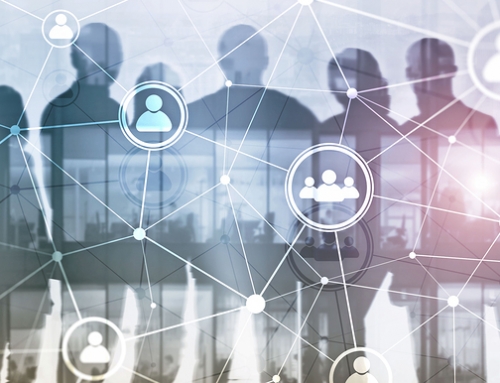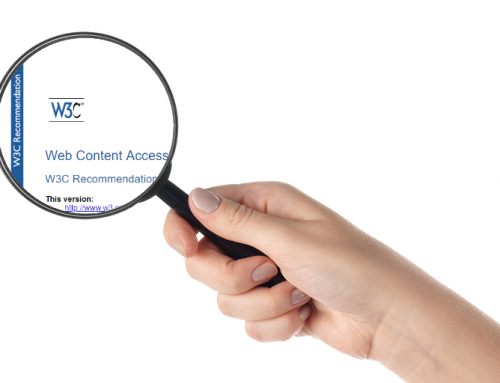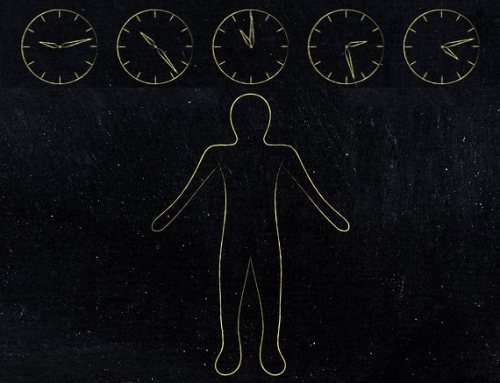I’ve read several people’s posts over the past few months saying that no user researcher should do in-person user research until such time as the Covid-19 pandemic has ended. That remote research fully covers all needs until then. That researchers should make a choice not to take on in-person research and just explain to the powers that be that the research will be remote. That consultants should not do in-person research for clients. That anything taking place indoors is too dangerous.
Also see part 2: Evolving Best Practices For Doing In-Person UX Research During Covid-19
Two weeks of in-person research completed
Yet I’ve just completed two weeks of in-person research this month. To be honest, it was not for any philosophical reason but a very practical one. From March – June, through lots of juggling and rescheduling of work efforts, I was able to be both fully employed and fully remote. In July, I was not. I had two potential projects that I had actually committed to before the pandemic started and I had no other options. And both of those research projects were in-person. And I wanted to be able to pay the bills.
I am a consultant
I am a consultant. I’ve made my living for the past many years on a high-touch approach to user research. To be there physically, often with highly involved clients. That is the work base I have. And while I can certainly help stakeholders frame how to use research to get answers to their questions, I don’t dictate to stakeholders exactly what they’re going to do. I don’t have the right to declare that stakeholders do what I want them to do or else I’ll just go do something else. But as a consultant, I need billable hours and saying no to work when I don’t have other options is not something I’d want to do willingly.
I did in-person research willingly
So while I was able to juggle and control the narrative for the first three months of the pandemic, when I got to the point where I only had in-person options, I took those options—admittedly with some concerns—but without much hesitation. I said yes pretty quickly.
Please don’t judge
It’s awesome to see so many people in the larger UX community be able to comfortably transition to remote work with no fear of losing their paychecks. But it’s simultaneously painful to see those both in the UX community and more broadly get furloughed or lose their jobs or otherwise have no employment options.
Not only do I choose the path to work but I implore you to accept the decisions of others who make that same choice. Yes, of course it’s important to take Covid precautions in whatever one does these days, whether work or otherwise. But there is going to be in-person research over the next few months. There will surely be less, but there will be in-person research. And there will be researchers who want to stay employed and who will do that in-person research. And the researchers like me accept that and will do the research – will do our jobs – for our clients, with those precautions. Please don’t judge.
I do go inside
I know that inside is more dangerous than outside. That seems pretty clear. Yet, I have gone inside. I’ve gone inside to go grocery shopping and even though everyone had masks, I have come closer than six feet from people when it’s been impossible to social distance. I’ve gotten a haircut and again with masks, been no more than a foot from the hairdresser. I have gone into restaurants to pick up my orders, and even with my mask on cycled through the same air that a non-stop stream of people have cycled through. And that’s not to mention the more “essential” kinds of indoor activities where I’ve been pretty close to people, such as when I got a minor exercise-induced rotator cuff pull, went to the doctor, and cycled through the waiting room with others, first talking with nearby front-desk staff and then the doctor.
What I’m saying here is that I certainly try to avoid large crowds indoors, but in fact, as I’ll illustrate in my next post (next week), it is possible to have far more control of that physical space when setting up for one-on-one research than with any of the above examples!
What am I not comfortable doing?
Research abroad: I had one project originally scheduled for May and later moved to October that involved research in Europe, conducted in a foreign language with a real-time interpreter. Given certain somewhat ethnographic twists to this research and the fact that it really needed to be real-time and use an interpreter, remote wasn’t an option. Aside from Americans not being permitted to fly to Europe at this time, I determined that I personally didn’t feel safe leaving the country where I could potentially risk getting sick overseas, which had all sorts of financial and logistical complications. The client did agree with my assessment and was willing to put off this research. We are going to touch base at the beginning of 2021 and assess how things are looking at that time.
Focus groups or other group research: While I am comfortable in my ability to control the indoor space for research with one participant at a time, I’m really not so comfortable doing any kind of research that involves groups of participants together in a room. I don’t yet have a protocol that seems to make sense from a safe-enough perspective.
Don’t make others feel uncomfortable or unsafe: I’ve explained here what I personally am comfortable doing and not doing but everyone has their own comfort level. It’s critical that everyone involved in the research process – researchers, stakeholders and participants – not be put in a situation where they feel unsafe. Do your best to support them at whatever their comfort level may be!
Continue to Part 2:
Evolving Best Practices For Doing In-Person UX Research During Covid-19
